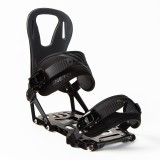
Spark R&D Magneto Splitboard Binding Review
The Magneto Splitboard Binding Review The Magneto Splitboard Binding with the Tesla system was released in 2013, And has only added to the long list of awards that Spark has obtained. Backcountry Magazine Editor’s Choice (2010, 2012, 2013, 2014) Snowboard Magazine Platinum Pick (2011, 2012) Prospera Business Network Entrepreneur of the Year (2011) Transworld Snowboarding […]
The Magneto Splitboard Binding Review
The Magneto Splitboard Binding with the Tesla system was released in 2013, And has only added to the long list of awards that Spark has obtained.
- Backcountry Magazine Editor’s Choice (2010, 2012, 2013, 2014)
- Snowboard Magazine Platinum Pick (2011, 2012)
- Prospera Business Network Entrepreneur of the Year (2011)
- Transworld Snowboarding Editor’s Pick (2010)
- SIA Snow Show Daily Snowpress Innovation Award (2010)
- ISPO Brandnew Award for International Innovation (2010)
The Magneto retails for $385, which is a lot of money when you tack on to all the other cost of owning a splitboard and entering the backcountry. We took a close look at and tried the bindings on mountain in various conditions. This is our experience with the Magneto and our review of how the binding performed.
The first thing we noticed with the Spark Magneto is the simplistic design. But don’t let flashless facade deceive you, this binding is packed with details and features you didn’t even realize until you’re enjoying them.
Ascent
Affixing the bindings to the splitboard skis in tour mode couldn’t be quicker and more simple. Warning, you will hear us praise the tesla system over and over in this review, because it really is that good. Just pop the toe piece (with or without gloves on) up, grab the heel cup and pop the binding to the side. The binding comes off so easy. Going on is just as easy, simply clear most the snow off with your glove, get the tesla pins close and with a little pop, it’s in the touring bracket. Then just push down on the tesla toe piece back down, and you’re ready to tour.
The rotation and articulation of the binding is buttery smooth with almost no play between the pins and bushings. The binding has two levels of climbing wires that are easily activated with a ski pole.
We noticed a little bit of snow build up under the bindings when breaking trail in wet powder, but with the smack of a pole handle the snow was gone and crushed with the next step or two.
Traversing
Moving on the bindings is a breeze. If you have been riding traditional plates with snowboard bindings, you know they feel bulky, heavy, and just feel like you’re using a snowboard binding for something it was never intended for. Traditional snowboard bindings and DIY plates serve their purpose as a great way to get into splitboarding. But, if you are looking to take your splitboarding to a new frustration free level, you need to try the Magneto bindings.
The first thing we noticed when touring with the Magneto bindings is how lightweight and minimal they are. Additionally, you don’t feel the high back pushing you into an uncomfortable position. Even when comparing the Magneto splitboard binding with other splitboard bindings on the market, you see just how simple and effective they are. The highbacks offer an industry astonishing 25 degree to -5 degree range. This means that you can get them out of the way when you don’t want them, or dial them forward to provide that stability when needed.
Switching from tour to ride mode
Removing the Spark Magento’s from the touring brackets is a simple transition. Just lift the toe piece and the bindings practically fall off in your hand. We have even rivaled the speed of our AT ski buddies in switching from tour to ride mode with these bindings. After lining the board back together, we found that you do have to clean the pucks out very well to avoid binding with snow and the low tolerances between the pucks and base plate. So clean the pucks out very well, and the bindings slide right on an do a pretty good job of evacuating snow around the pucks if you happen to leave some behind. However, we had a few times where we slid the bindings onto the pucks and could only get it about ¾ the way down the guide. When we tried to remove the bindings, they wouldn’t come off. It took some vigorous shaking to get the bindings on or off. As aforementioned, the best solution is just making sure your pucks are clean of snow.
We recall many years ago our first transition from from split to tour mode with our plates and burton bindings attached, the frustration of losing toe straps, fiddling with pins and wires, it might have taken us 30 minutes to switch modes the first time we used them. We timed our first use on mountain in the snow transition and it was under 3 minutes.
Another feature that may not be prevalent is the cut out in the high back. It makes hanging onto the board and binding so easy when changing modes.
Decent
The Spark Magneto perform great as traditional binding for the ride down. We were able to test them on hard pack, crust, and powder and didn’t notice much a difference over traditional snowboard bindings other than the base plate was stiffer. With the use of Burton straps, comfort and adjustment are no brainer. You also have the option of adjusting the forward lean, although pretty hard to do while strapped in, it can be done. However we recommend setting this during transition if you desire any forward lean for the ride down. Riding powder with a -5 degree high back was invigorating, it added a bit more of a surf feel to the board, not relying so much on the high back for leverage.
We did have a problem with the toe straps creeping up on top of the boot during touring and riding. This was an issue with early Burton toe straps too, and has said to have been resolved with newer grip on the toe piece to keep it in place.
Magneto vs. AfterBurner
The Magneto binding differs from the Afterburner in that it’s got more material removed from the base of the binding. We found this preferable in that it gave the board and binding a bit more flex and kept our feet from falling asleep when ratcheted down. The afterburn have their place in the industry for heavier riders, or where a higher demand is placed on the board, but we found the Magneto just the right mix for most riders.
Spark Magneto Features
The bindings are made from CNC machined billet aluminum for maximum weight savings and strength.
High backs
Custom splitboard specific highback has wide range of forward lean: from -5° for striding on the flats (an industry first!) to +25° for carving ice. Lateral slots in highback accommodate Strappy Straps for additional support and comfort.
Tesla System
Spark R&D Tesla system is one of if not the best interface systems on the market right now. If you have ever fumbled with pins and silly metal cables, you will absolutely fall in love with the Tesla System. The innovation approach for removing the pin altogether is so perfect. The Tesla System reduces transition times at least in half. As you can tell we were pretty stoked on the Tesla system.
The only issue we ran into was if snow is built up around the toe area, it’s hard to confirm if the Tesla system has locked into place, or if it’s only partially down with snow stuck under it. It would be nice if it was somehow self clearing of snow, and if there was a way to visually tell if the toe piece is fully engaged. We did notice whenever we questioned if the toe plate was in place, after a few minutes of riding or touring the snow cleared and it was easy to confirm that binding was locked onto the board/skis.
Mounting
Another feature you might not notice right away with the Magneto is the adjustability options with Voile pucks. If you have used the plastic template to try to get your pucks on straight, then mounted your snowboard bindings to the kit plates, you know how hard it can be to get your stance dialed in, or even change it a little.
The Magneto Bindings have cutouts where the screw holes are to adjust the pucks while the binding is attached to the board! This is something you don’t get with the Afterburner bindings because of the added material for structural integrity.
Heel Lock
This year 2014/2015 Spark announced that they will be releasing a lockable heel to fix the binding to the board in tour mode. Sticking with the simplicity of the Magneto, the heel block will now have a simple lever that locks the heel to the board for nasty traverse, jump packing, This has been asked for for a long time, we are glad to see it coming to surface.
Climb Wires
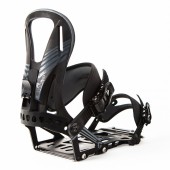 The Climbing wires are integrated into the binding for a clean look. The wires are easily opened with a pole basket. Two heights of wire are included, one annoying thing was that we found ourself using the smaller wire more than the larger, but it’s almost impossible to only lower the smaller climbing wire without first lowering the large wire, then retracting it. It would be nice if you could easily lower the smaller wire by itself.
The Climbing wires are integrated into the binding for a clean look. The wires are easily opened with a pole basket. Two heights of wire are included, one annoying thing was that we found ourself using the smaller wire more than the larger, but it’s almost impossible to only lower the smaller climbing wire without first lowering the large wire, then retracting it. It would be nice if you could easily lower the smaller wire by itself.
Additionally, we noticed some squeaks that came and went when climbing with the wires on the bindings, never could track these down where they were coming from on the binding.
Straps
You may notices the straps look familiar on the Spark bindings. That’s because they come from the Burton’s shape. Low-profile plastics and buckles keep out of the way while skinning. Hardware manufactured with Burton’s time-tested,
Bottom line
The bottom line is that these bindings are a huge step of from traditional snowboard bindings attached to Splitboard Kit Plates and slid onto pucks affixed to your splitboard. They may have gotten you through your first year of splitboarding. If you are looking to take splitboarding to the next level of comfort and ease of use, Spark R&D Magnetos Bindings with the Tesla System are a must have.
More About Spark R&D
Spark R&D is Splitboarder owned and operated. They are based out of Bozeman, Montana, USA. Spark has been making Splitboard and backcountry products since 2005. They make their products locally, from machining products, bending and cutting to anodizing and laser engraving is all done by the professionals of Spark R&D.
Because Spark does all of its design, development and manufacture at the base of local mountains in Bozeman, the innovation turnaround time can be lightning fast. Ideas can quickly turn into improvements and new products. Spark is really a company that cares about the customer and product and less about the dollar bills. They welcome feedback and ideas with open arms, and support the splitboard industry wholeheartedly.

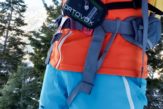

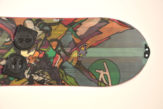

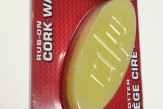
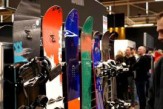


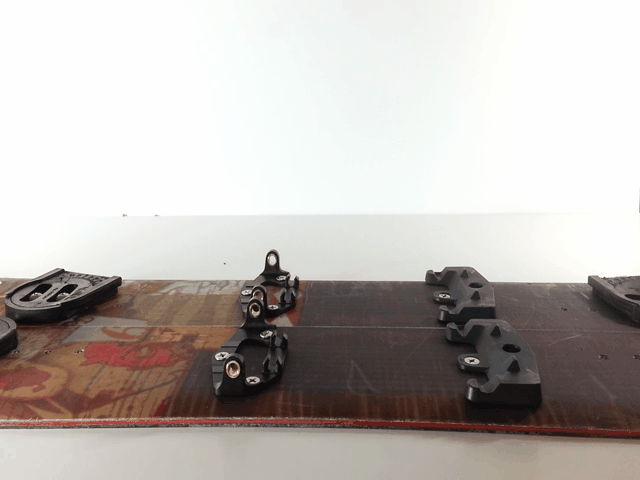
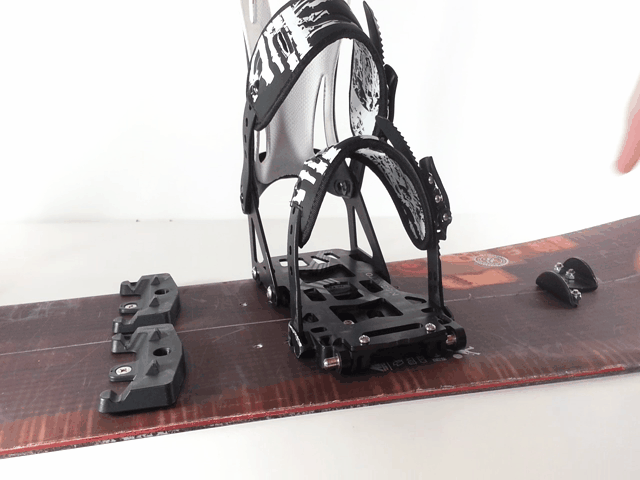












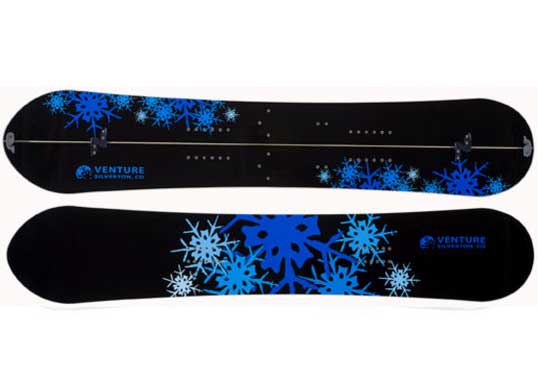
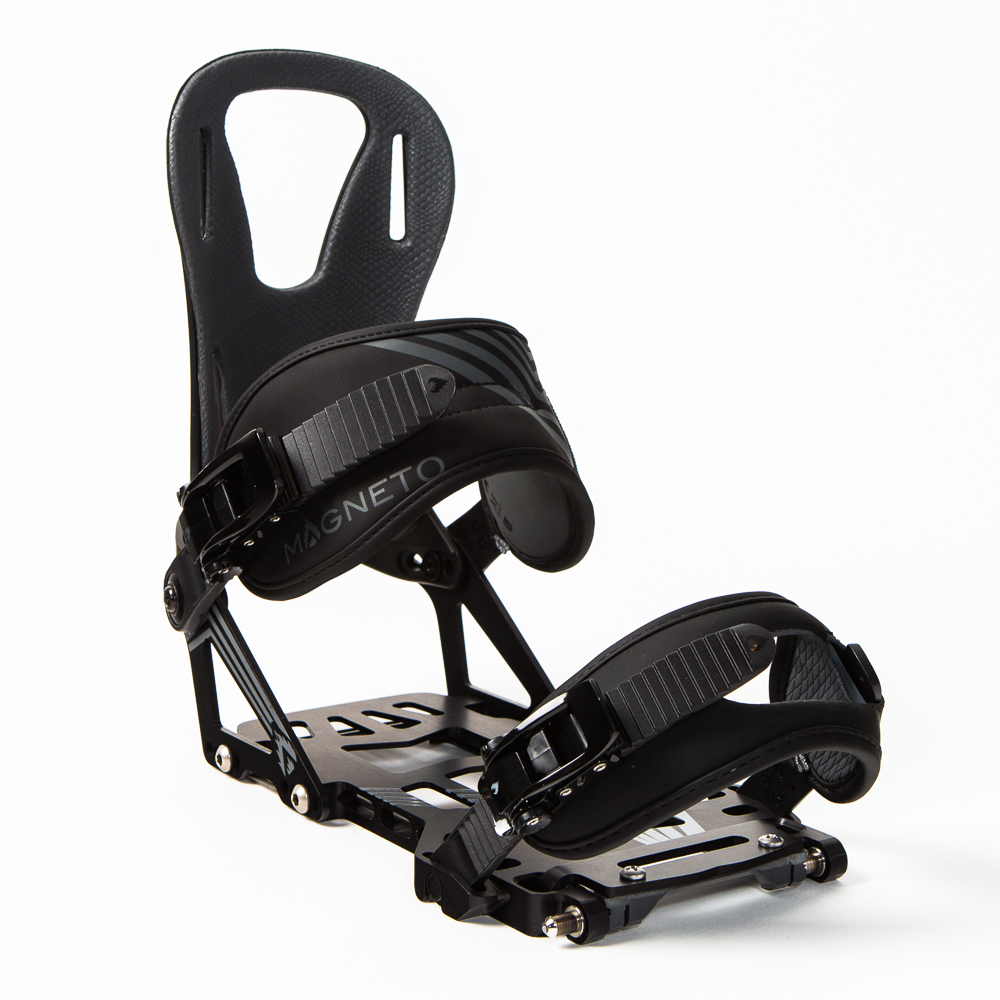
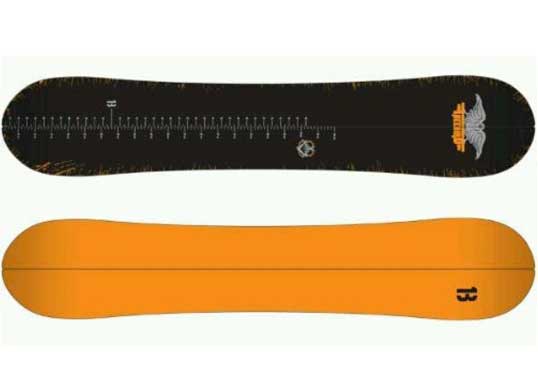












Your review is much appreciated!
First off, I love Spark R&D bindings.
However there are still some areas where they can be improved.
1) The heel cup uses metric bolts that don’t stay tight. I have to tighten the bolts or they come out and get lost. These bolts are somewhat difficult to find at the hardware store.
2) The Tesla system: one of the two front quarter pins came off entirely while on a hut trip (lost). Even though I have tons of extra parts nothing could fit inside where the pin goes. We ended up using wire to hold the binding on, not the best option.
Recommendations: Find, buy and bring plenty of these specialized parts (metric bolts, tesla front quarter pins) on any extended trip, or at least bring plenty of wire.
I’ve heard of that problem with the tesla system pins falling out. I contacted Spark R&D about the issue and they said they think that they had it resolved. Again, I haven’t had any issue with mine yet, but I’ve only got about 20 days on them.
The convenience of the Tesla system and simplicity of it all makes me happy to keep using them with my fingers crossed that I don’t have any issues down the road.
As for any issues with the binding bolts, we did have to re-apply some lock tight to ours, and haven’t had any problem with them coming loose since then.
Thanks for the advice on bringing extra parts. It would be pretty bad to have ended up in the woods only to find out we were missing a pin!